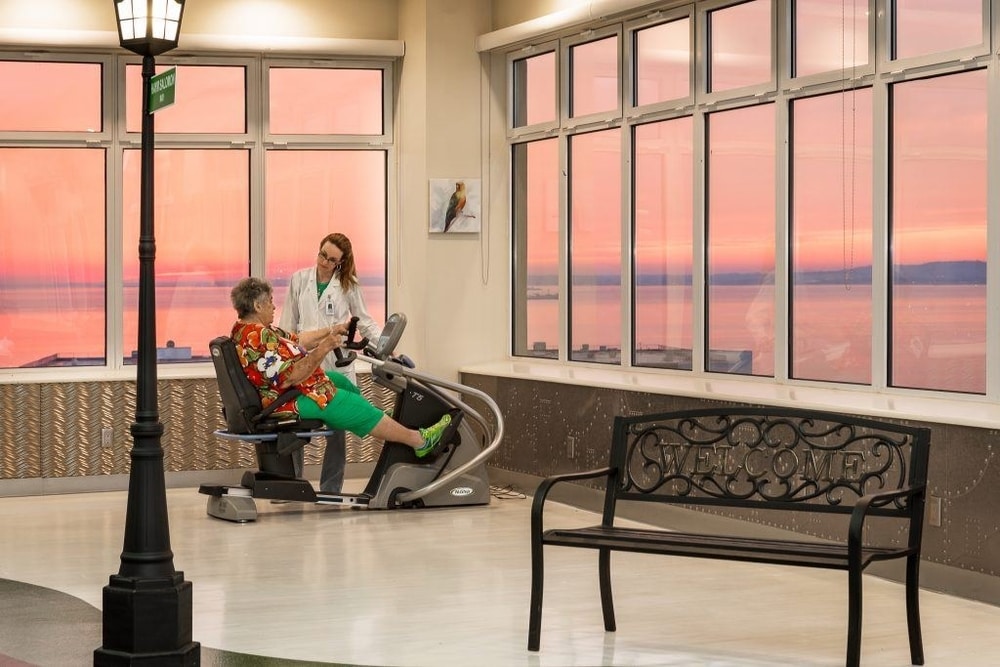During an illness or in the post-operative phase after surgery, pain management becomes important. It makes the patient as comfortable as possible.
It may not be realistic to expect the total elimination of pain, but it can be alleviated to a certain extent with effective pain management. The management of pain differs from patient to patient. However, several key elements play important roles in pain management.
1. Conditions that may result in a patient experiencing pain
There are many conditions that could result in a patient being in excruciating pain that needs to be managed.
Examples of such conditions are cancer, a sickle cell crisis, arthritis, migraines, and nerve damage. These are the types of illnesses or conditions that cause chronic pain. Chronic pain is defined as pain that lasts six months or longer.

Acute pain is experienced for a short period of time but is no less intense than chronic pain. The most common cause of acute pain is the post-operative pain. This can be the result of an accident, a heart attack, or emergency surgery. Broken bones also cause acute pain.
2. Medication used to treat pain
There are a variety of pain medications on the market a patient in pain to use. A doctor will determine which is the best option for optimal pain management.
Several factors need to be weighed up before he/she can make that decision. Some of these factors include the nature and intensity of the pain, its cause, and any allergies the patient may have. It’s possible that the doctor will need to change a patient’s pain medication or alter the combination of medications being used to get the desired result.
3. A holistic approach to pain management
While most people assume that pain medication is the only way to obtain relief from pain, this is not true. There are other tried and tested methods that can be used to treat the pain.
Making use of other pain management treatments in addition to medication is a holistic approach to pain. It means that the management of pain is tackled with a variety of treatments aside from pain medication.
a. Physical therapy
In addition to massage, a physical therapist can prescribe and supervise exercises for patients. The exercises are aimed at helping to manage the patient’s pain. The exercises may not be easy or painless. However, in the long-run, they can help the patient reduce their pain levels.
Electrostimulation is a useful pain management technique. It causes the targeted muscles to contract. This is effective for partially or fully immobilized patients.
The application of warm packs to heat up the muscles makes them flexible and ready for therapy. Cold packs are used to soothe swelling and inflammation.
b. Relaxation techniques
Teaching relaxation techniques such as visualization and meditation patients helps them with pain management. Diaphragmatic breathing is a useful technique to ease the anxiety that the onset of pain causes. Our nurses provide extensive emotional support helping patients to relieve stress.
c. Therapeutic recreation in pain management
Recreation therapy activities help the healing process. Having fun and lauchs are extremely beneficial for health. Out recreation activities provide an opportunity to stay busy, socialize with each other, and thus forget about pain.
At the Haym Solomon Home for Nursing and Rehabilitation in Brooklyn, we adopt both medical and holistic approaches to pain management using these and many other therapies for the comfort and recovery of our patients.
Holistic approach in pain management
Below is what one of Haym Salomon Home’s skilled nurses, Azza Ezzat Doctor of Nursing Practice, RN, said about the holistic approach in nursing, including in pain management.
Human being – not the disease!
Holistic medicine is based on the understanding that to know health and disease it is necessary to know the function of the biological system of individuals.
This principle was applied over many years, in which all components of the biological system are interacting functionally with the environment and planning, intervention with each other.
The study and practice of medicine focus on the diagnosis and treatment of disease. Nursing focuses in the human response to illness and its treatment. We at Haym Salomon Home focus on multidisciplinary team planning approach, which is so crucial in addressing personal care approach and pain management.
Generally, people enter the healthcare system because they have a problem. A sick person wants to know what causes his or her symptoms and pain. They want the health care provider to make the symptoms go away. In addition, to solve the diagnostic riddle and apply treatment to cure the disease or, at least, calm the symptoms.
As advanced practice nurses, we open new ways of thinking and acting. Holistic ways approach broad concepts of health, wholeness, caring, and healing of the entire system.
Taking this broader patient-centered, holistic view presents an opportunity to an individualized care. This also provides the utmost goal with maintaining safety, wellbeing as core to be considered when planning care for our residents.
The advanced practice nurse begins with the human being, not with the disease, and with the individual human’s unique value and goals. And that is also our attitude towards pain management.
